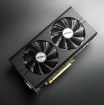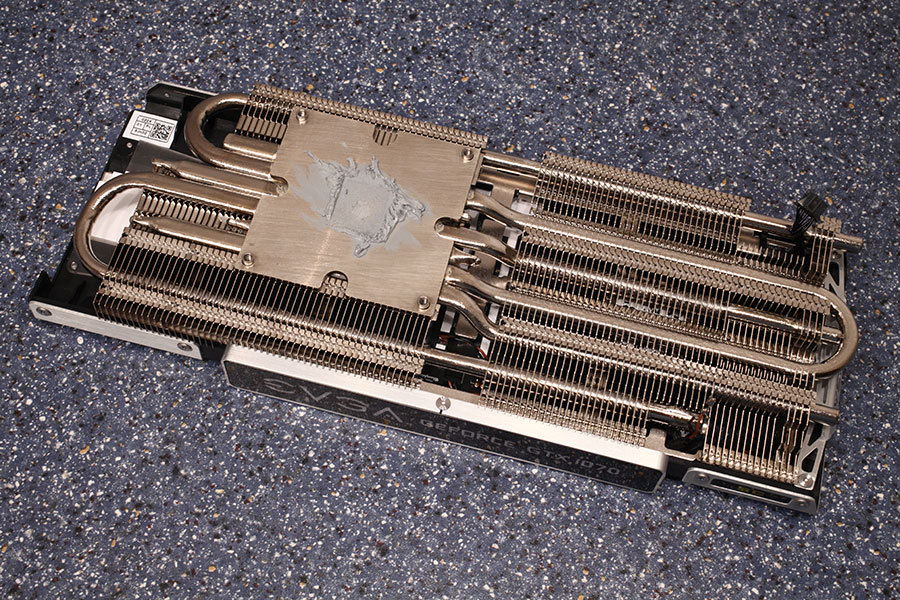
Sapphire Product Page - http://www.sapphiretech.com/productdetial.asp?pid=4647A08C-25B5-4E68-B291-DEF9837B36A6&lang=eng
OcUK Product Page - https://www.overclockers.co.uk/sapp...ddr5-pci-express-graphics-card-gx-379-sp.html
Today I will be reviewing the freshest release from AMD the RX 480.
This GPU is based on the Polaris architecture built upon a 14nm process, this should make this GPU very power efficient and the reference design cards bear this out with only needing an external 6pin PCI-E power connect to run.
I won't bore you with the figures such as transistor count etc, rather lets just get into a quick look at the card and more importantly some testing results.
The Packaging

All reference cards come in the same box with just a different artwork design on them.
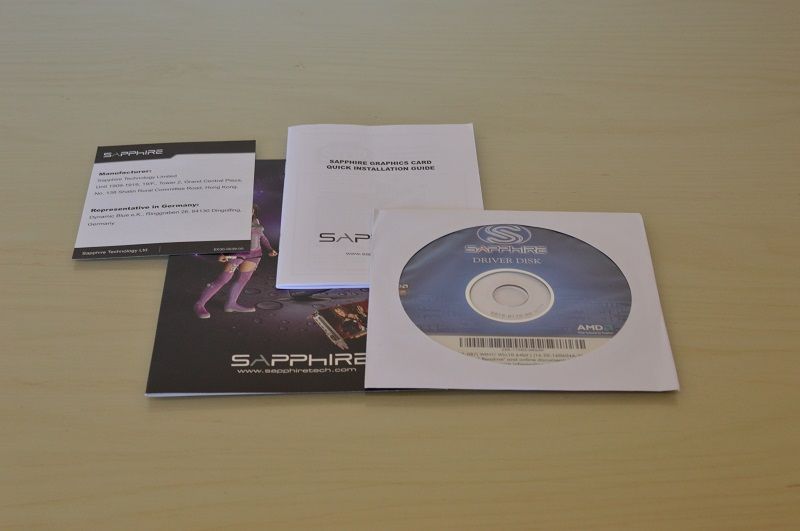
Inside the box you get a driver disk; get the latest online from AMD as the ones on the disk were out of date before the card even arrived.
The card
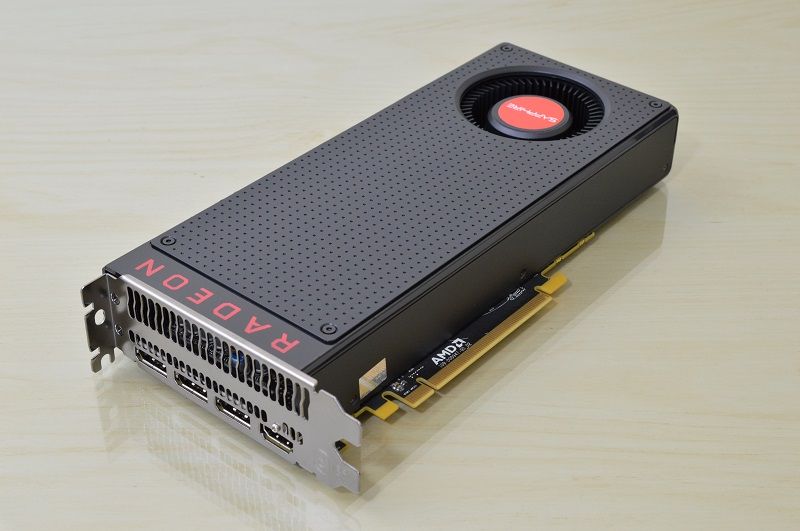
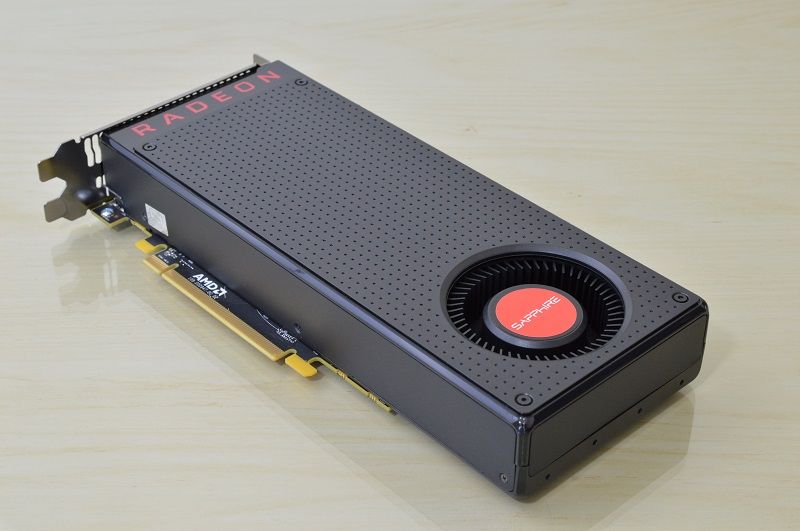
And here is the RX 480 in all its glory. It has a very elegant design to it with the larger top plastic part having this dimpled finish that I think looks top notch.
It is a blower type fan and thus all heat is exhausted out of the rear of the case.
The card measures 24.5CM long.

No backplate is fitted to this model and you can see the single 6pin PCI-E connector.
Crossfire is handled via the PCI bus and can go up to a 4way configuration.

Three displayports which support DP1.4 and a single HDMI that supports HDMI2.0b are supplied.
A look inside

Removing the fan shroud reveals a small aluminium heatsink and a very strong and heavy metal bracing component that incorporates VRM and memory cooling, this bracing certainly feels like a beefy bit of kit.
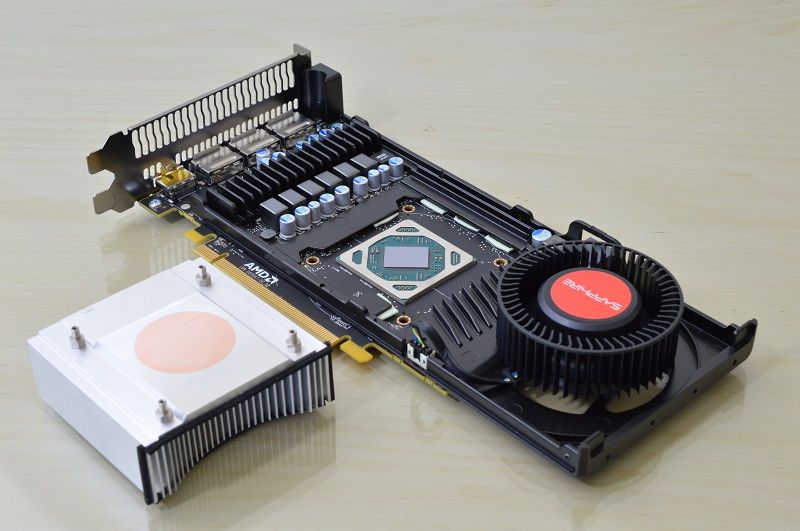
Taking the heatsink off the core it does at least have a copper slug in its core, but the thermal paste used looked like the worst quality stuff Ive seen for a while and was dried up and crusty, I have immediately replaced with Thermal Grizzly.
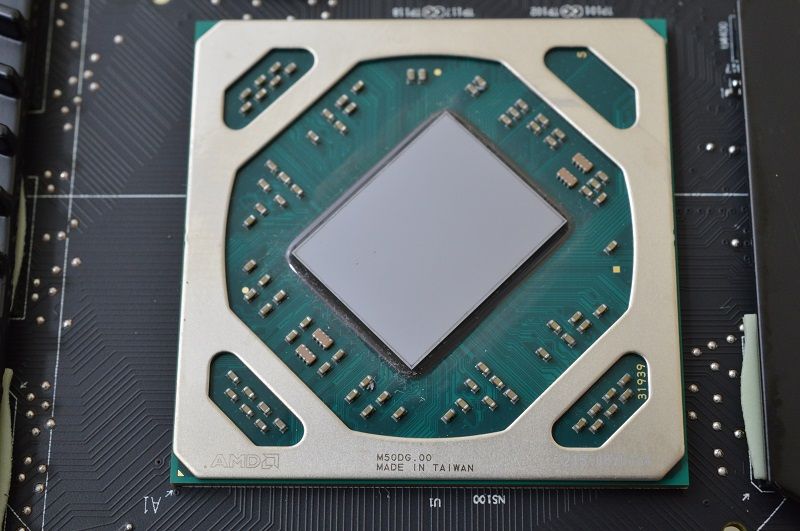
Here is the GPU core.
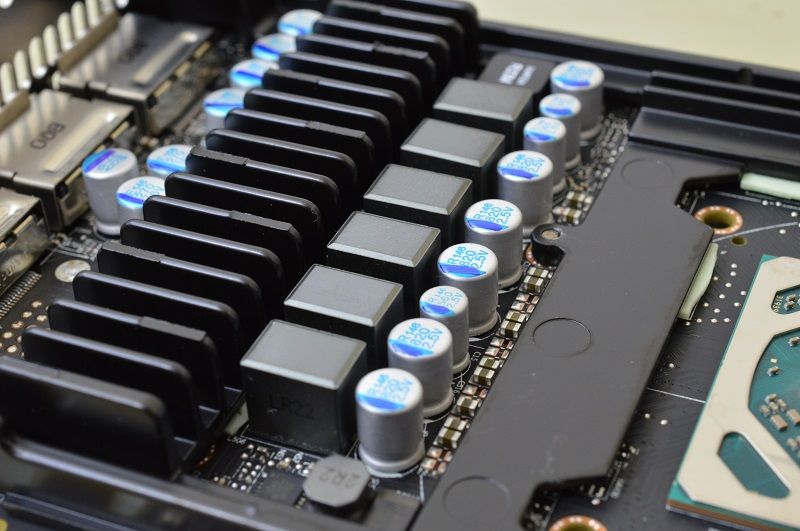
And the metal bracing with incorporated VRM cooling and sections where it touches the tops of each VRAM module with a thermal pad, effectively making this one piece metal section one giant heatsink.
Overclocking
As you maybe aware if you've been following the RX 480 reviews and discussion AMD now have a new application called Wattman to overclock and monitor the GPU.
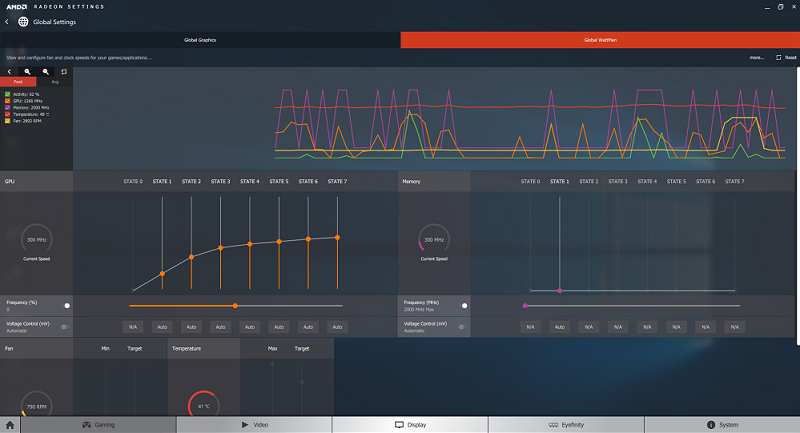
After getting to grips with Wattman I found that my particular card was stable with 5% added to the core making it 1330MHz and 2200MHz (8800 effective) on the RAM would pass the tests,
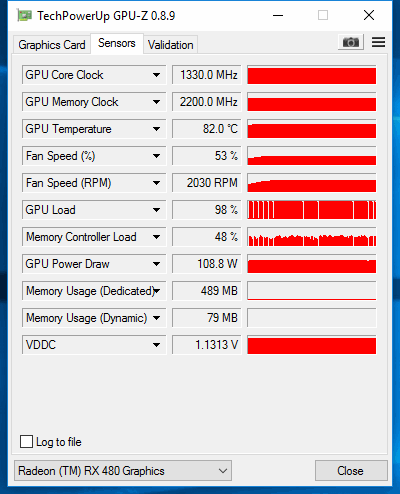
1340Mhz core would result in a freeze.
Noise
It is a leaf blower fan and AMD reference coolers have never been much good and as you would expect this follows similar traits.
Its marginally audible while gaming at stock speed but once you even think about overclocking the card you will have to set the fan RPM north towards 4000RPM and more, at these speeds its like a hurricane inside your PC case.
Anything below 3000RPM is just about acceptable to my ears, I would include a video but there are already many on YouTube showing how loud this card can get.
Benchmarks
Test system,
i7 [email protected]
Corsair Vengeance LPX 3000MHz 16GB DDR4
Phanteks Enthoo luxe
Bequiet Dark Power Pro11 850W PSU
Crimson 16.6.2 drivers
Software,
3DMark Firestrike standard gfx score
Unigen Valley using the same setting as here.
Witcher3 using high preset.
Alien Isolation using the same setting as here.
Hitman using the same setting as here.
Ashes of the Singularity using the same settings as here.
DOOM settings in spoiler below

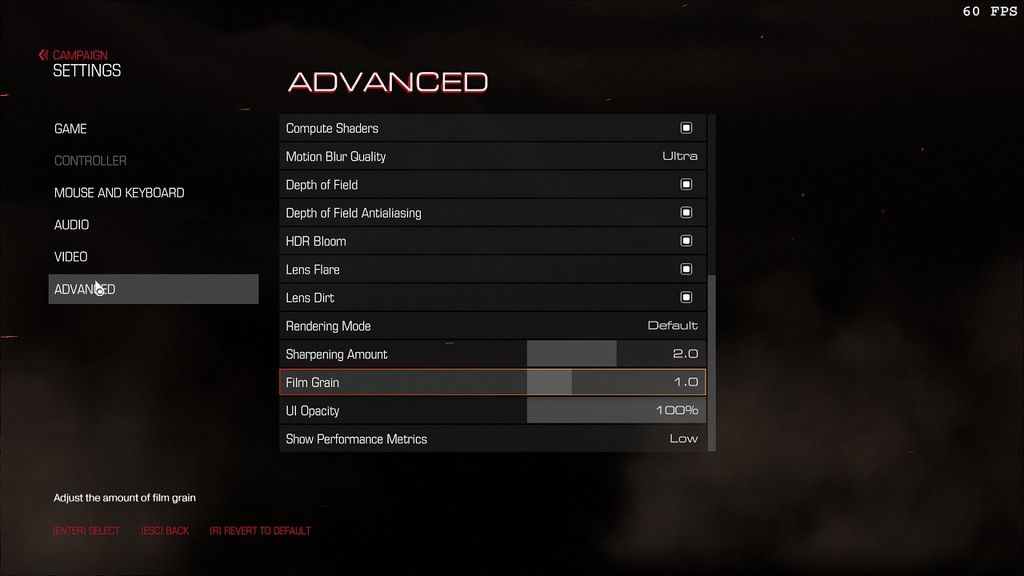
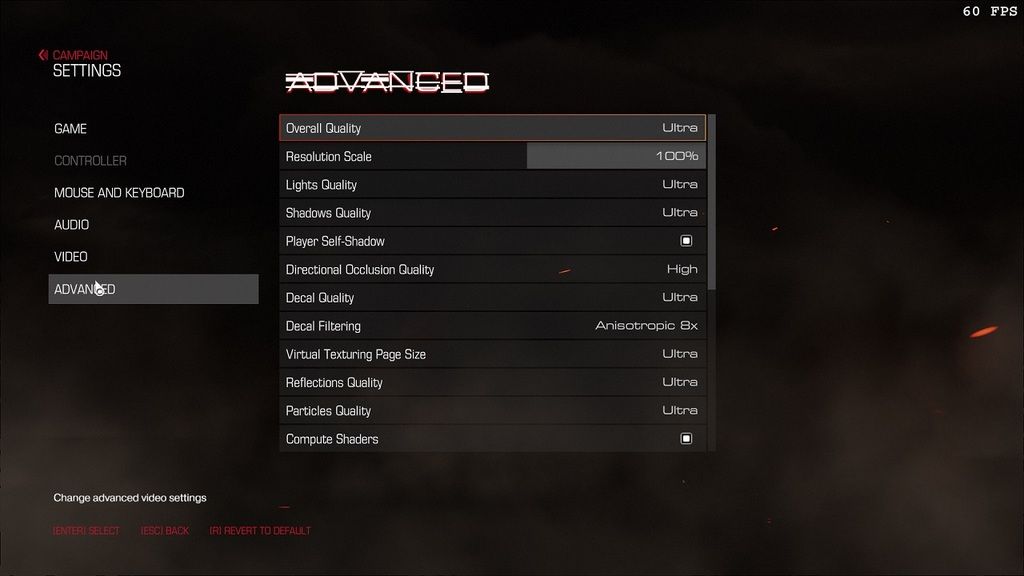
GTAV settings in spoiler below
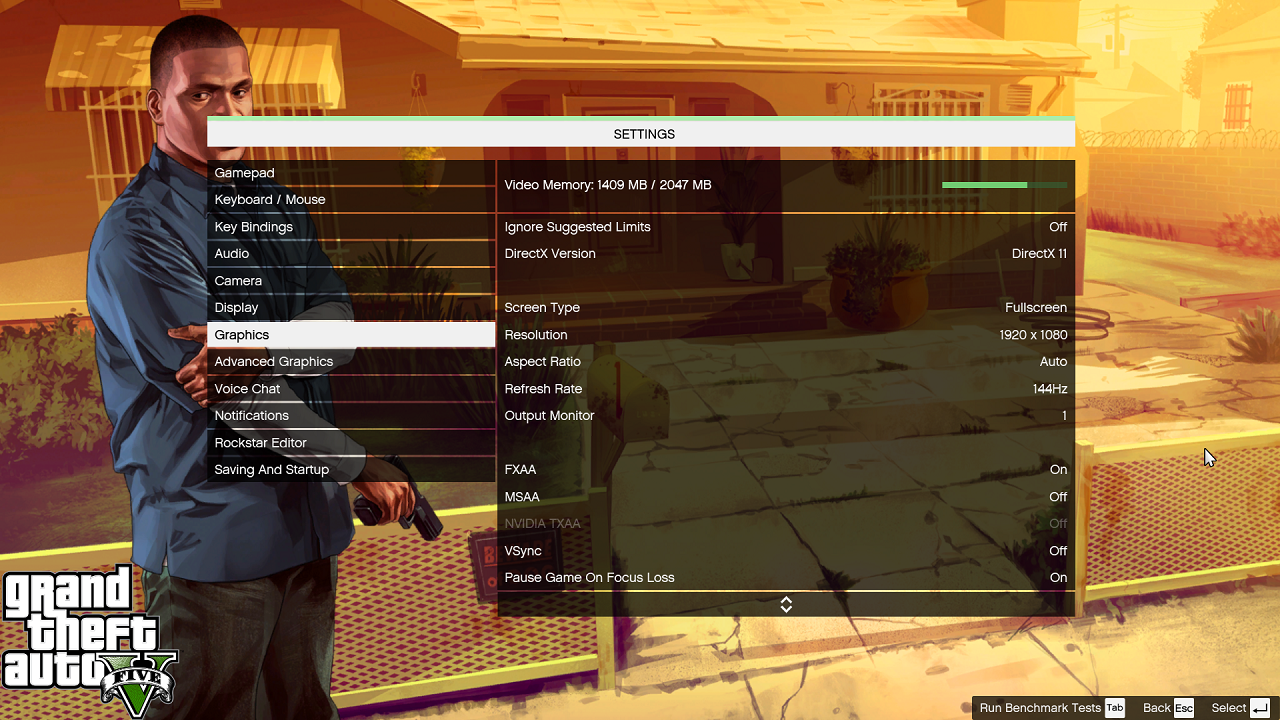

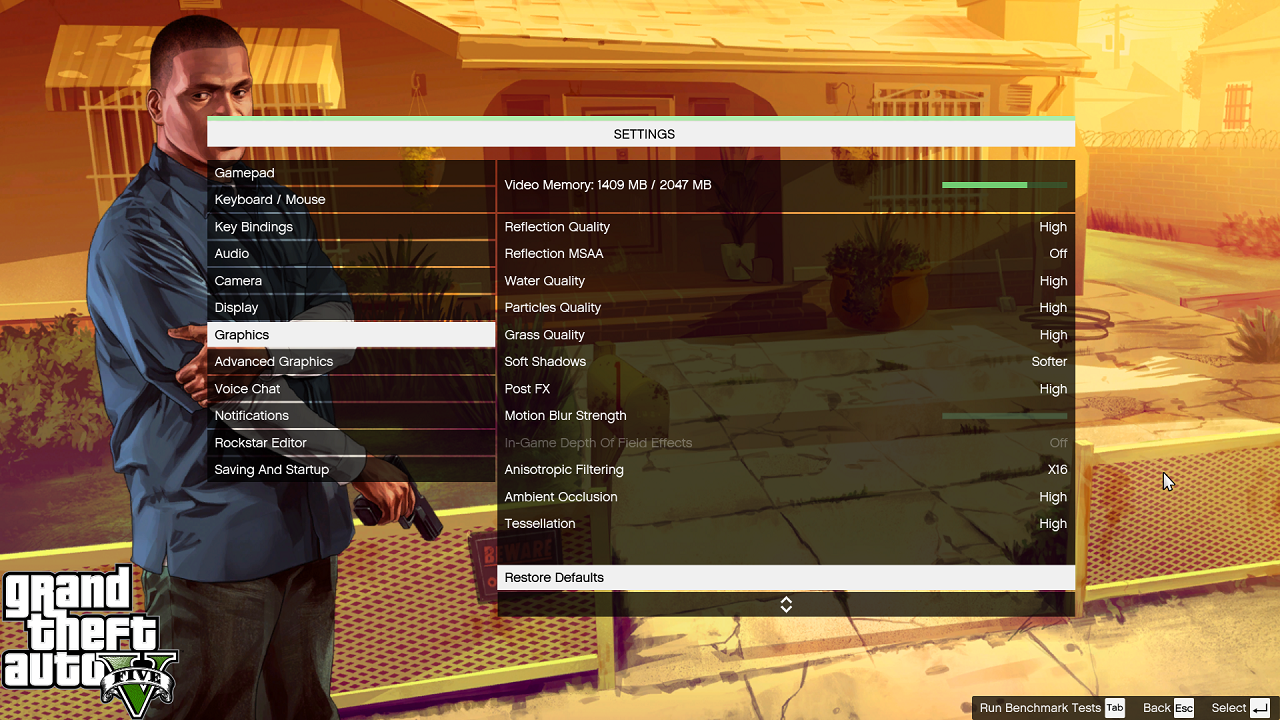
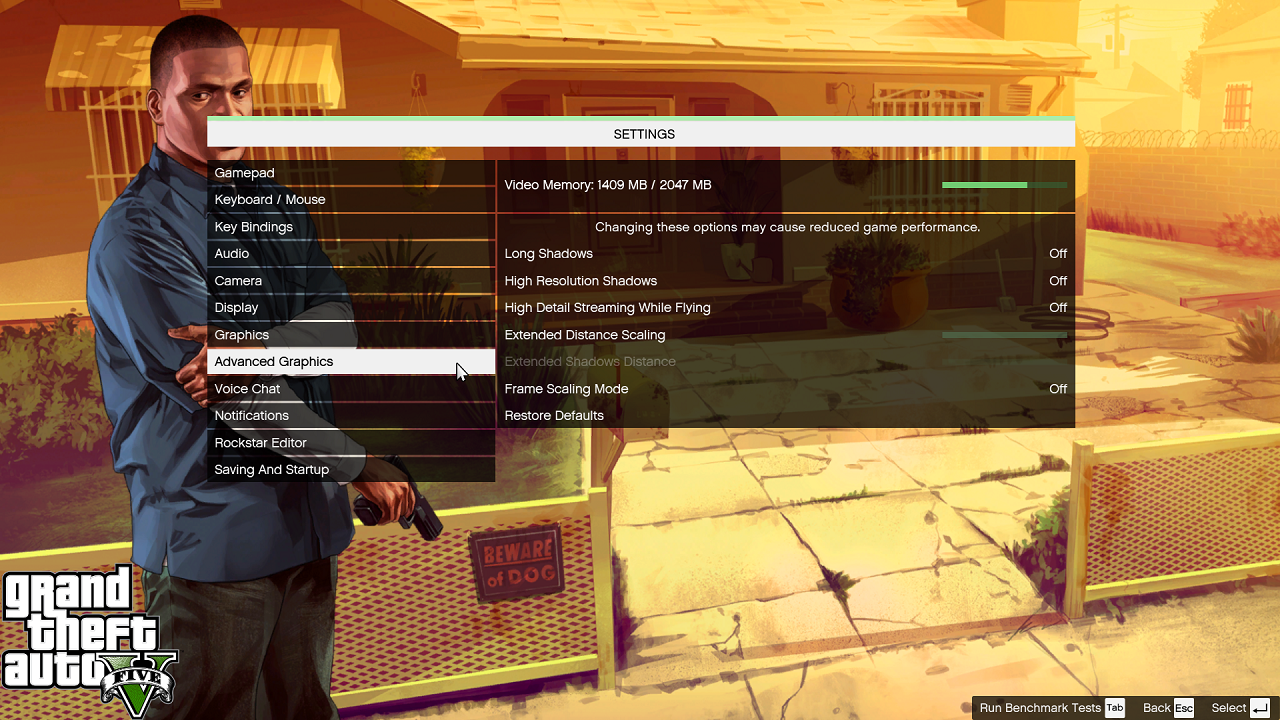


A few things to note is that GTAV seemed to stutter a few times during the benchmark with the RX 480 but this wasn't apparent during actual gameplay.
Hitman benchmark ran fine so I do not know where those low minimum values came from.
And keeping the same settings I increased the resolution to 3440X1440 and ran the RX480 at stock.

Conclusion
I am not sure about this card to be honest.
Its performance in the games I tested isn't much different from cards released roughly 1+ year ago. With pricing not that different to what these older cards cost now (while stocks remain) it makes this a difficult card to recommend.
GTX970 and R9 390 are all around the £200-£230 mark while this card is now £249.99 which is £30 more than when it was first released.
It is good that the card now only needs a single 6pin PCI-E power connector instead of the older cards usually 2 power connectors so there is visible progress there despite all these stories about the card drawing more than 75W from the expansion slot which is now fixed via a compatibility option in the newer 16.7.1 driver released the other day.
Everyone was probably thinking these would overclock well as it uses a new process node but again AMD have used a cooler that is barely good enough even at stock speeds, luckily Sapphire have the Nitro card coming using a custom designed cooler and higher clock speeds.
My basket at Overclockers UK:
Total: £249.95
(includes shipping: £0.00)
I am very hopeful the cooler fitted to this design will be more than adequate while remaining quiet as the previous cards I have had from Sapphire.
Also being on pre-order at £249.99 it is a no-brainer to buy this over this reference design.
During use I had one or two game crashes and the GTAV benchmark had a couple of noticeable stutters/pauses that ruined the minimum FPS score, yet the game itself on a whole plays fine at the same settings.
So in summing up the RX 480 reference design card is now looking like a bad choice due to its current price and when cards with better coolers are due soon and at the same price or a bit higher.


